Nissan Temporarily Shutters Global Headquarters, Japanese Factories

Nissan said Tuesday that it plans to temporarily shut down its global headquarters and several factories in Japan to help curtail the spread of the novel coronavirus. While Japanese automakers are legally allowed to operate within the country (with conditions), most have instituted some amount of health countermeasures independently. The nation has also formed a joint council for automakers and component suppliers to work with the government in maintaining supply chains while avoiding future contagion risks.
Despite the level of precautions taken, the country’s automakers are still estimated to lose at least $1.6 billion as the pandemic suppresses demand around the world. Nissan, which issued profit warnings in 2019, went into 2020 expecting to eliminate thousands of positions so it could begin amassing $4.4 billion in savings by 2023. Marketing budgets and product lineups would also need to be rejiggered dramatically to assure profitability moving forward. With the coronavirus further complicating the company’s strategy, May’s idling could be about more than just containing the coronavirus.
Most Japanese automakers, including Nissan, have already stalled production due to supply chain issues and an overwhelming lack of customers. According to Reuters, Nissan said that 15,000 employees at its headquarters in Yokohama and main R&D center in the nearby Atsugi, Kanagawa Prefecture would be required to take leave for 16 days from next Monday through Japan’s “Golden Week” holiday — starting on May 4th.
From Reuters:
Its headquarters would be closed to all but essential workers, a Nissan spokeswoman said, adding that those affected would receive “the majority” of their full salaries during the period.
The spokeswoman said the measures were aimed at keeping more than 90 percent of its employees away from its offices, up from 80 percent at the moment.
Like many of its global rivals, Nissan has also shuttered most of its global production facilities in compliance with “shelter at home” directives to contain the spread of the virus.
Admirable. But Nissan is also expected to make huge production cuts in the years ahead — becoming a smaller, more stable company. That’s the hope, anyway. Analysts were predicting annual targets being cut by as much as 1 million units before the pandemic. The manufacturer is expected to released a revised plan (one that accounts for the coronavirus) next month, with most under the impression that intensified downsizing will be necessary. Nissan’s not alone in this, however. Rivals in better financial health have said they’re expecting 2020 production levels to be off target by as much as 50 percent.
By idling its headquarters, the automaker can probably save itself a bit of money as it also helps enact some useful social distancing measures. Still, it’s hardly an ideal scenario for the company. Many of non-essential workers will continue drawing from funds that can’t be replenished until things improve. But it doesn’t make much sense to ask them to come in when there’s precious little going on, and having assembly lines running when nobody’s buying automobiles seems unwise.
Nissan has already stalled production at its Tochigi plant — which produces Infiniti models — for the rest of this month and intends to continue doing so through much of May. Meanwhile, Nissan Motor Kyushu — which manufactures exported Rogue models in Fukuoka Prefecture — will continue operating on limited shifts before a brief 4-day closure next month.
Japanese automakers have already enacted plant closures in the United States and, more recently, have started scaling back production in their home country. Toyota slowed output to keep pace with demand and Honda said it will probably suspend production at several facilities to address supply chain problems with formerly shuttered Chinese factories that reopened on a limited basis.
[Image: FotograFFF/Shutterstock]

A staunch consumer advocate tracking industry trends and regulation. Before joining TTAC, Matt spent a decade working for marketing and research firms based in NYC. Clients included several of the world’s largest automakers, global tire brands, and aftermarket part suppliers. Dissatisfied with the corporate world and resentful of having to wear suits everyday, he pivoted to writing about cars. Since then, that man has become an ardent supporter of the right-to-repair movement, been interviewed on the auto industry by national radio broadcasts, driven more rental cars than anyone ever should, participated in amateur rallying events, and received the requisite minimum training as sanctioned by the SCCA. Handy with a wrench, Matt grew up surrounded by Detroit auto workers and managed to get a pizza delivery job before he was legally eligible. He later found himself driving box trucks through Manhattan, guaranteeing future sympathy for actual truckers. He continues to conduct research pertaining to the automotive sector as an independent contractor and has since moved back to his native Michigan, closer to where the cars are born. A contrarian, Matt claims to prefer understeer — stating that front and all-wheel drive vehicles cater best to his driving style.
More by Matt Posky
Latest Car Reviews
Read moreLatest Product Reviews
Read moreRecent Comments
- ToolGuy First picture: I realize that opinions vary on the height of modern trucks, but that entry door on the building is 80 inches tall and hits just below the headlights. Does anyone really believe this is reasonable?Second picture: I do not believe that is a good parking spot to be able to access the bed storage. More specifically, how do you plan to unload topsoil with the truck parked like that? Maybe you kids are taller than me.
- ToolGuy The other day I attempted to check the engine oil in one of my old embarrassing vehicles and I guess the red shop towel I used wasn't genuine Snap-on (lots of counterfeits floating around) plus my driveway isn't completely level and long story short, the engine seized 3 minutes later.No more used cars for me, and nothing but dealer service from here on in (the journalists were right).
- Doughboy Wow, Merc knocks it out of the park with their naming convention… again. /s
- Doughboy I’ve seen car bras before, but never car beards. ZZ Top would be proud.
- Bkojote Allright, actual person who knows trucks here, the article gets it a bit wrong.First off, the Maverick is not at all comparable to a Tacoma just because they're both Hybrids. Or lemme be blunt, the butch-est non-hybrid Maverick Tremor is suitable for 2/10 difficulty trails, a Trailhunter is for about 5/10 or maybe 6/10, just about the upper end of any stock vehicle you're buying from the factory. Aside from a Sasquatch Bronco or Rubicon Jeep Wrangler you're looking at something you're towing back if you want more capability (or perhaps something you /wish/ you were towing back.)Now, where the real world difference should play out is on the trail, where a lot of low speed crawling usually saps efficiency, especially when loaded to the gills. Real world MPG from a 4Runner is about 12-13mpg, So if this loaded-with-overlander-catalog Trailhunter is still pulling in the 20's - or even 18-19, that's a massive improvement.
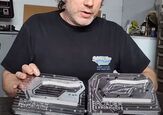


















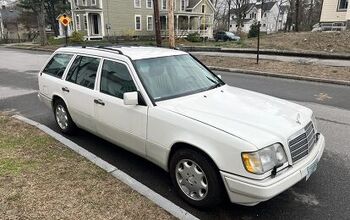
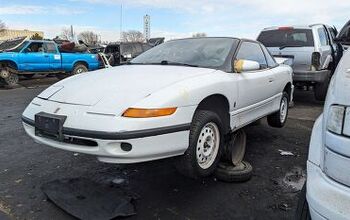
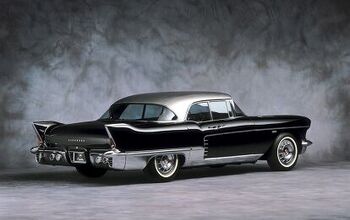

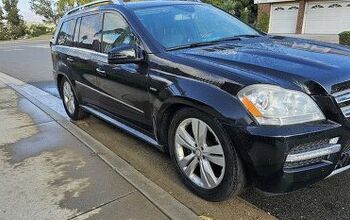


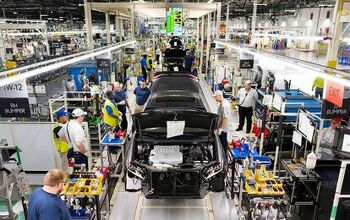
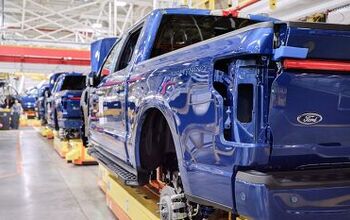
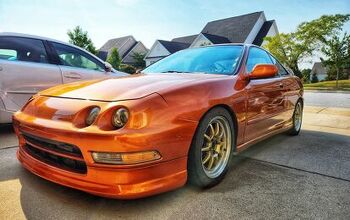
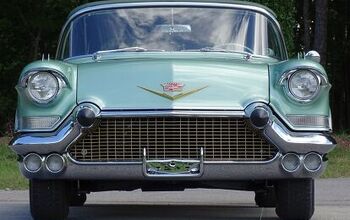

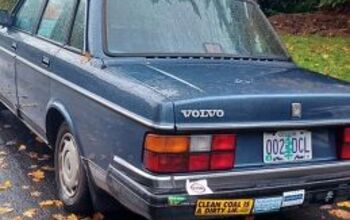
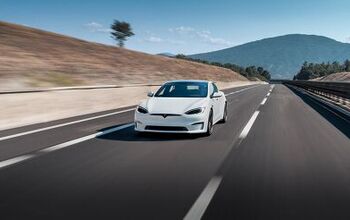

Comments
Join the conversation
When I lived in Mexico in the 1980s the company I worked for had a fleet of those small Nissan pickups. https://imganuncios.mitula.net/nissan_estaquita_redilas_2002_63_excelentes_100942873099908206.jpg Absolutely no frills, but reliable as hell. Most so that as company vehicles they never had the personal tender love that a private vehicle has. Myself, I also drove what in Mexico the model was labeled a Nissan Tsuru. Again, ancient design, absolutely no frills, but it never failed. This thing was so reliable and easy to repair that became the vehicle of choice for Mexico City's enormous cab driver fleet. https://cs1.gtaall.com/screenshots/4dc09/2017-03/original/b7fa41838a17dd79a626b740b69ee22621de2488/389411-enb-2017-03-13-01-21-53-62.jpg
I wouldn't mind it if Nissan came out with a real no frills compact pickup with a 5 or 6 speed manual.